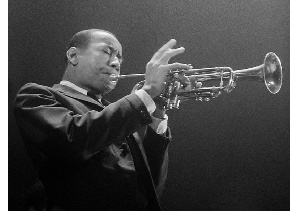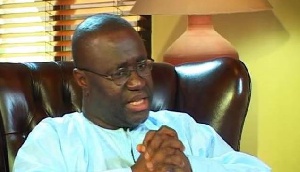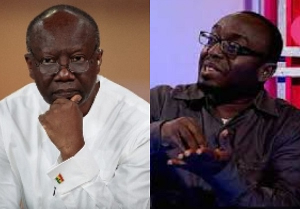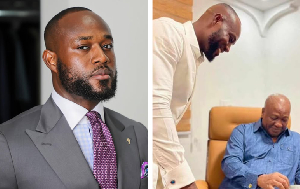Lee Morgan’s life, though short, was filled with tunes that have influenced generations of jazz artists to come. An extremely talented jazz trumpet player, Morgan rose to fame in his teens, recording on legendary John Coltrane’s Blue Train and band of drummer Art Blakey before launching a solo career.
But along the way, he learned how to love drugs, and started battling a serious heroin problem. A woman named Helene Moore would save him and later kill him.
In 1972, while performing a show at a Manhattan, N.Y. club called Slug’s, Morgan was shot to death by 46-year-old Helen, who was his common-law wife. So why would Helen shoot a man whom she helped clean, bring back on top, and also loved?
Born on July 10, 1938, in Philadelphia, Morgan became a lover of jazz growing up in New York City where his family moved to when he was young. Right from his teens, he was in love with musical instruments, particularly the trumpet. So when his sister gifted him one at the age of 13, it didn’t take long for a young Morgan to start taking lessons with prominent jazz musicians.
By 15, he was already performing at clubs, mostly on the weekends. In three years, he had begun recording with influential bands like Gillespie’s Big Band. But it was his recording on Blue Train in 1957 that propelled him to fame in the jazz world, according to a report. He maintained that level of prominence, recording about 25 albums for jazz record label the Blue Note and then playing with well-known bands before becoming a solo trumpeter and composer.
Soon revered as one of the best trumpeters in jazz in the 1960s, Morgan became known for hit tunes including “The Sidewinder,” “Ceora”, “Celine”, and also produced such works as “Search for the New Land”, which reached the top 20 of the R&B charts. It was in the same 1960s that he got introduced to heroin. The jazz trumpeter became addicted to the extent that he would sometimes choose drugs over his music.
By 1967, Morgan was a “full-fledged junkie” and was almost not playing anymore. He even hocked his trumpet while “sleeping on pool tables in bars”. That was when he met Helen, who was then known in jazz circles as “the little hip square”.
Born in 1926 in Brunswick County, N.C., Helen had moved to New York in 1945 after a rough beginning in life and the death of her husband. Her apartment in New York later became a haven for musicians having a hard time, many of whom were addicts.
On a frozen night in New York, 1967, Morgan came by the house of Helen, “raggedy and pitiful”, Helen described in the biography The Lady Who Shot Lee Morgan. “For some kind of reason, my heart just went out to him,” she said. From that moment, Helen, who got Morgan’s trumpet back for him, “took over total control.”
For the next five years, she helped him get off of drugs, cleaned him up and helped him restore his career. Morgan had then moved in with her, and though they were never married, they lived together and were introduced as husband and wife. Helen took his name, became his manager, and helped him throughout the subsequent years of his career. Morgan started playing again, released great recordings, and toured all over the U.S. and abroad while campaigning for the rights of Black musicians.
In fact, Morgan, together with Helen, made good money and the future seemed bright for them when Morgan started seeing another woman, Judith Johnson. He began demanding independence from Helen, who observers said wouldn’t just let go.
During these difficult moments, Helen started to ask herself: “Did I love him (Lee)? Or did I think of him as my possession? And I think part of that might have been my fault because I might have started being too possessive or too much like a mother to him. I was much older than Morgan. I thought about it. Like I made him. You know. I brought you back. You belong to me. And you are not supposed to go out there and do this,” she cited in the book, The Lady Who Shot Lee Morgan.
On February 19, 1972, when she went to see Morgan playing a show at popular jazz club Slug’s, Johnson was also there. Morgan and Helen had an argument between sets. He “threw” Helen out of the club but she came back in and shot him. Morgan bled to death as the ambulance was slow in arriving due to heavy snowfall in the city. The jazz trumpeter was only 33.
Helen was arrested and released on parole after spending a short time in prison. She moved back to her hometown of Wilmington, North Carolina in 1978 and died there in 1996 following heart problems.
A month before she died, she granted an interview with jazz disc jockey and educator Larry Reni Thomas. “I will not sit here and tell you that I was so nice, because I was not,” she said in the interview, recalling her days before meeting Morgan. “I was one who will cut you. I was sharp. I had to be.”
A documentary titled I Called Him Morgan tells the story of Morgan and Helen.
Africa Entertainment News of Thursday, 10 December 2020
Source: face2faceafrica.com

















